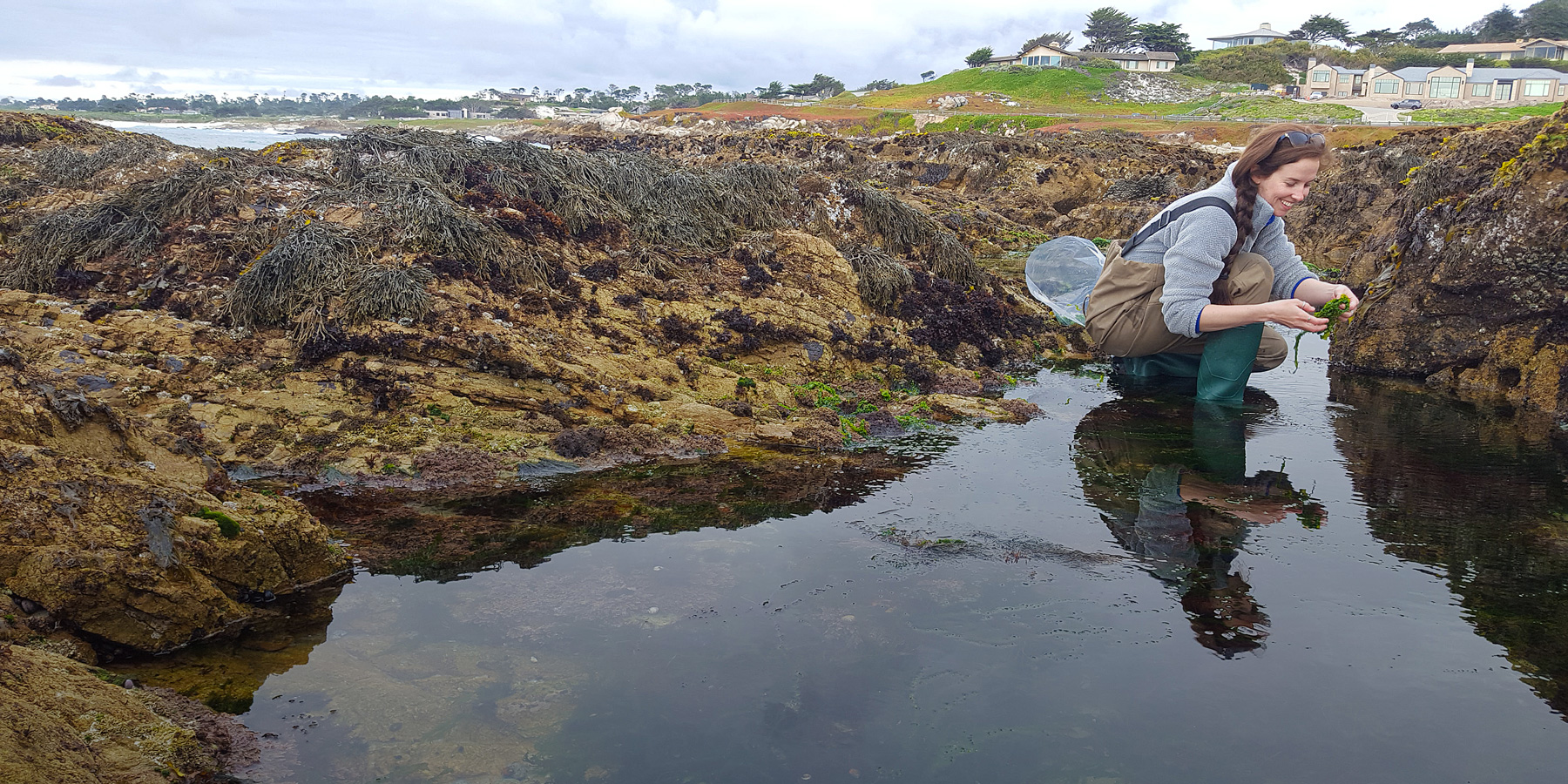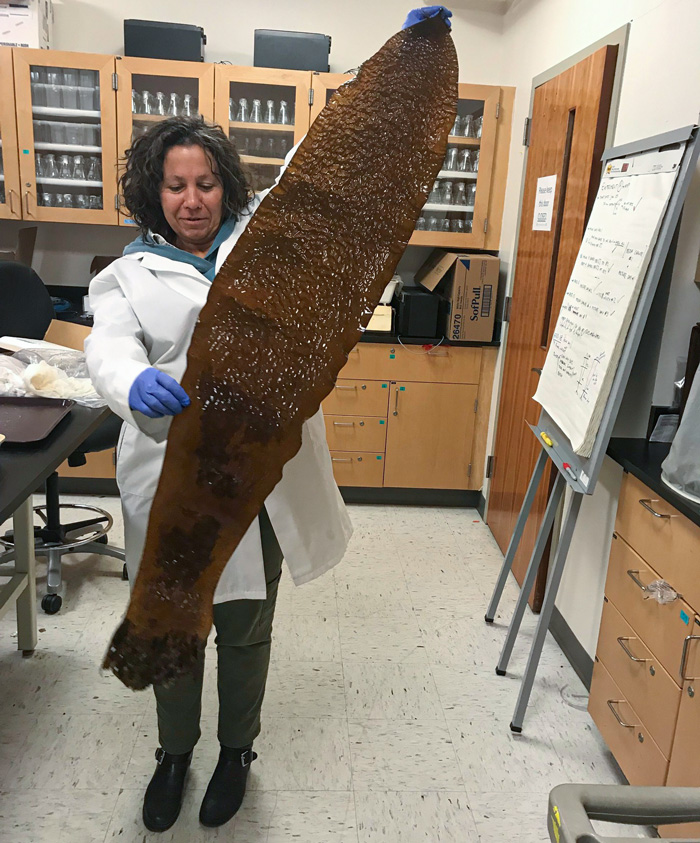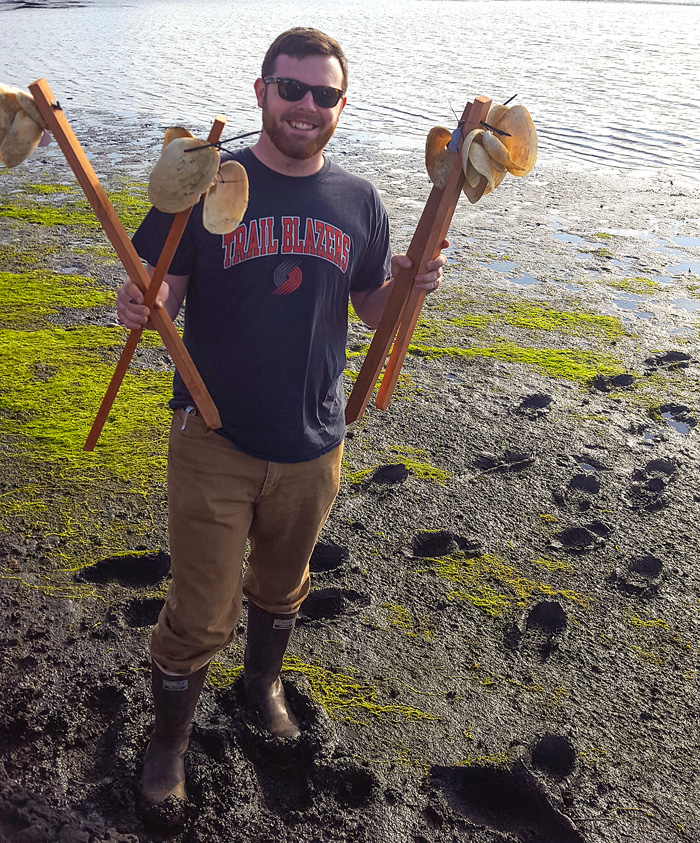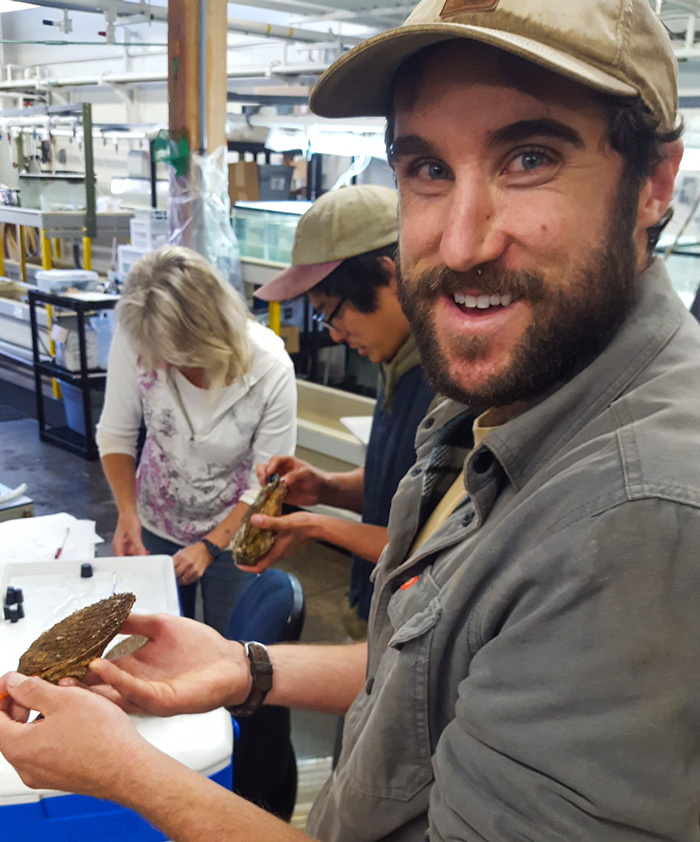
Under the Sea
The Chico State Autism Clinic utilizes adapted physical education to prep children for physical activity in a variety of settings.
Aquaculture—the farming of aquatic organisms—has a history dating back thousands of years, but it’s a trending topic of late. The reason for this is twofold: as the global population increases, so does the demand for seafood, especially as one’s economic situation improves; and we’ve just about emptied the sea of its resources. More than 90 percent of the world’s fisheries are already overfished or
fished to maximal capacity.
“People want to eat more seafood, and landings have not really increased since the early ’90s,” says Luke Gardner, Ph.D., research faculty and California Sea Grant aquaculture specialist at
Moss Landing Marine Laboratories (MLML).
As a result, by 2030, around 60 percent of the total amount of seafood entering into the world market will be produced via aquaculture and the remaining 40 percent will be wild caught.
The vast majority of arable land in the world is already being farmed, so there needs to be a new location to raise food. “The ocean is certainly a place that we have not fully exploited from the point of farming yet,” says Michael Lee, Ph.D., professor in the Department of Anthropology, Geography & Environmental Studies at
California State University, East Bay. “So much of our greenhouse gas emissions come from eating, particularly, red meat animals and the food that goes into feeding them. If raised correctly, aquaculture can be much more resource efficient per kilogram of protein than their land meat animal equivalent.”
In the U.S., aquaculture is still in its infancy. China produces almost 60 percent of the world's aquaculture, while we’re at around one percent. This opens up a whole new world of research opportunities for CSU faculty and students.
For example, Janet Kübler, Ph.D., a marine biologist at
California State University, Northridge, is using a recently awarded $152,054 grant from the National Sea Grant College Program and her industry partner,
The Cultured Abalone Farm, to explore the temperature tolerance of aquacultured Golden Kombu, a kelp native to Southern California.

Janet Kübler, Ph.D., a marine biologist at CSUN, is using a grant to explore the temperature tolerance of aquacultured Golden Kombu, a kelp native to Southern California.
“Kelp that we have in our region die back when there's a warm temperature event called a marine heat wave,” Dr. Kübler says. “Golden Kombu has a wider temperature range than the giant kelp grown in the Arctic, the Northeast and the coast of Asia. We're looking to see if it has characteristics that let it survive better in warmer temperatures that are characteristic of the future. It's a potential new crop and a possible replacement for wild harvesting of giant kelp.”
At MLML, Dr. Gardner is working on using seaweed to reduce methane emissions from cows. “California has a law requiring a 40 percent reduction in methane by the year 2030,” he says. “The majority of methane in the whole state comes from cows, so it's a climate change issue. You could potentially switch one percent of their diet to certain seaweeds and reduce the methane emissions by up to 99 percent.”
“In the next 30 years, global seafood demand is expected to grow 30 percent; aquaculture is expected to meet nearly all the increased global demand.”
– CSU Council on Ocean Affairs, Science & Technology
Another project at MLML has a student testing how to culture more Olympia oysters, the only native oyster on the west coast of the U.S., whose populations have been struggling for decades. “This is primarily from a conservation angle to help repopulate them,” Gardner says.
Still in the initial phase is a project Dr. Lee and Gardner are discussing that would place food production closer to urban centers. “I've been working with people in Mexico who are in the process of developing a shipping container-based shrimp production system that could be parked anywhere in Las Vegas, San Francisco or L.A., close to where shrimp is consumed so you could have a domestic production of White Lake shrimp,” Lee explains. “There's a possibility that we could install an experimental unit at Moss Landing and do lifecycle plus technical analysis using students.
“There's a lot of hope about the future of aquaculture, and the work [Gardner’s] done with our students could pave the way for greater acceptance.”

MLML graduate student Max Rintoul gets ready to outplant juvenile native Olympia oysters attached to clam shells in Elkhorn slough. The oysters were cultured in captivity at MLML as part of a conservation aquaculture project in collaboration with Elkhorn Slough Foundation.

MLML graduate student Matt Hoehn tickles purple hinged rock scallops to determine their gender as part of a project to develop hatchery technology for culturing the rock scallops.
Luke Gardner, Ph.D., research faculty and California Sea Grant aquaculture specialist at MLML (not pictured) has been working with students to culture Olympia oysters. “Their populations have been struggling for decades now,” he says.
Story: Michelle McCarthy
photoGRAPHY: PATRICK RECORD
Share this story